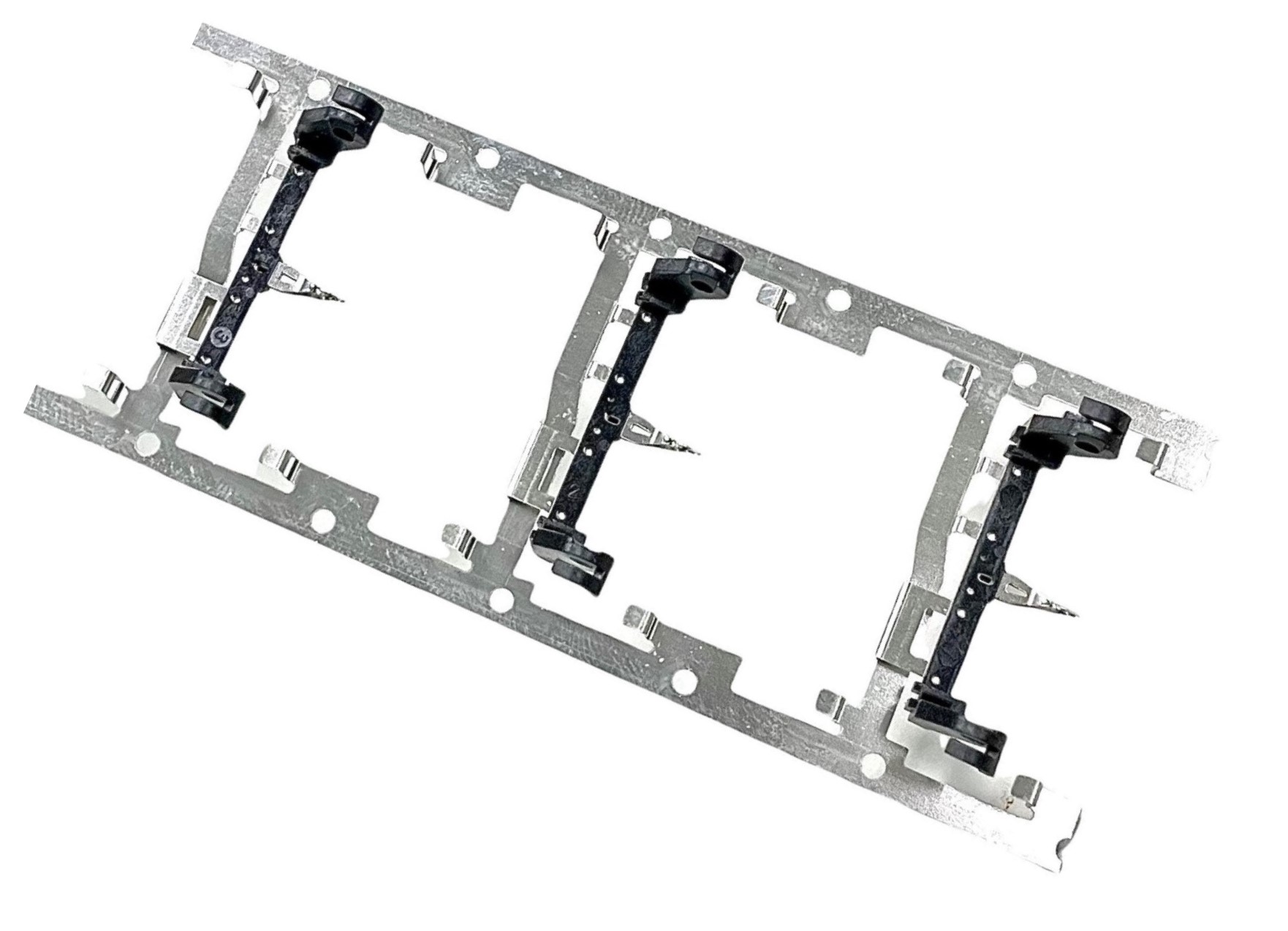Blog
Ming-Li insert molding

Insert molding is a manufacturing process in which a preformed component (often metal or another material) is inserted into a mold cavity, and then plastic resin is injected around it to form a finished part. This process combines the benefits of both plastic and metal parts in a single component.
The basic steps of insert molding typically include:
Preparation of Inserts: Inserts, which are typically made of metal or some other rigid material, are prepared beforehand. These inserts can be simple shapes or complex components depending on the requirements of the final part.
Placement of Inserts: The inserts are placed into the mold cavity or onto a fixture within the mold. They are positioned in such a way that they will be surrounded by molten plastic during the molding process.
Injection Molding: Once the inserts are in place, molten plastic resin is injected into the mold cavity under high pressure. The plastic flows around the inserts, encapsulating them completely.
Cooling and Solidification: After the mold is filled, it is cooled to allow the plastic to solidify and take the shape of the mold cavity. Cooling time varies depending on the material and thickness of the part.
Ejection: Once the part has cooled and solidified sufficiently, the mold opens, and the finished part is ejected. Sometimes additional post-processing steps such as trimming or surface finishing may be required.
Insert molding offers several advantages:
Enhanced Strength and Rigidity: By incorporating metal or other inserts, the resulting part can have increased strength and rigidity compared to fully plastic parts.
Reduced Assembly Time and Costs: Since multiple components can be molded together in a single step, insert molding can reduce the need for assembly operations, saving time and labor costs.
Improved Design Flexibility: Insert molding allows for the integration of different materials and components into complex shapes, offering greater design flexibility.
Better Electrical and Thermal Properties: Inserts can be used to provide electrical conductivity, thermal conductivity, or other specific properties to the finished part.
Insert molding is commonly used in various industries, including automotive, electronics, medical devices, and consumer goods, where it is desirable to combine the benefits of different materials into a single component.
